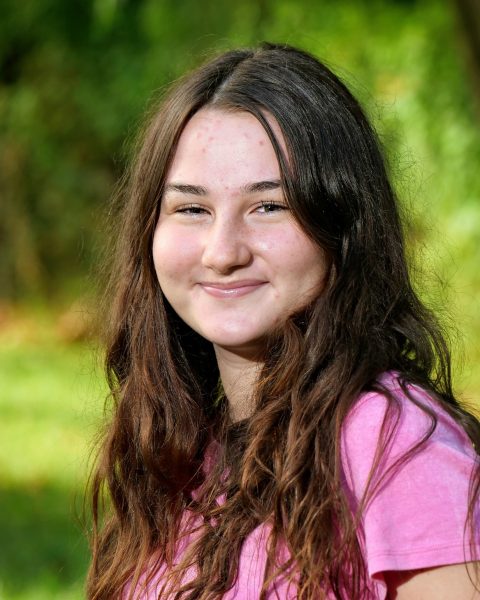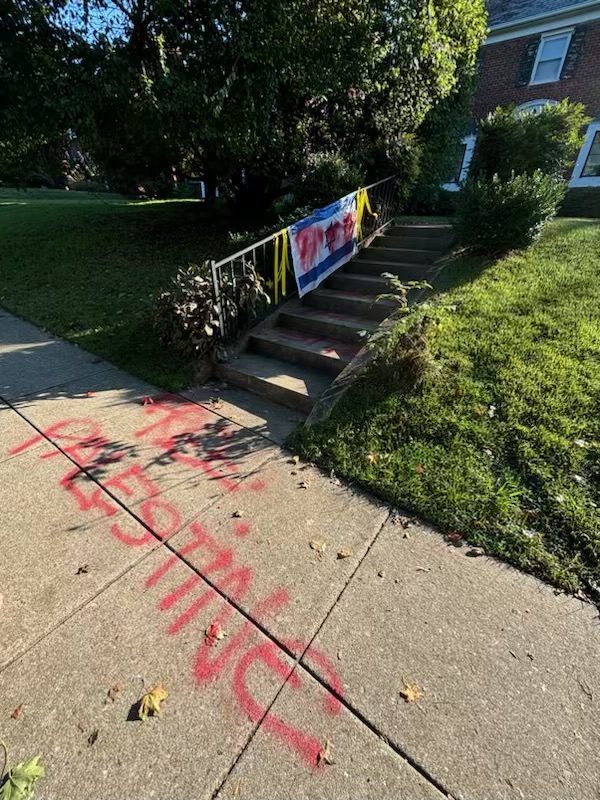One school, two schools
The divide between middle school and high school at CESJDS is too great.
February 23, 2023
When I, a freshman, get out of the car each morning, I say goodbye to my brother, a seventh-grader. We walk into the cardo, he goes left, I go right, and I lose track of him. I attend classes, meet with teachers, eat my lunch and never see him. I go from 8 a.m. to 3:45 p.m. without ever spotting my brother, much less speaking to him. The next time I see him is in the car after school on the ride home.
The CESJDS Upper School is a sixth through twelfth grade school, yet my brother and I never see each other. This is reflective of the wide gap between middle and high school, and it signifies a larger issue that needs to be addressed.
The divide between the middle school and high school is seen all around school, from separate hallways to staggered schedules. This fosters uneasiness and unfamiliarity within middle school students about starting high school, which makes the transition much more dramatic.
While there should still be separation between the middle school and high school, it is important that we work to introduce opportunities for high school students to get involved in the middle school as role models.
The school has already made strides towards that with the “Ozerim Program,” which gives high school students the opportunity to volunteer in middle school Zman Kodesh. But, JDS can do so much more to bring about a better connection between the middle and high school.
One way the school could remedy this is by bringing back joint Kabbalat Shabbat. Joint Kabbalat Shabbat was ended due to the COVID-19 pandemic, and reviving it could strengthen the sense of community within the Upper School.
Another way to form connections between the middle school and high school is to combine the community service days. This would help to build relationships between students outside of JDS while doing an activity that benefits the greater community.
Allowing middle schoolers to identify a role model who was in their shoes not long ago helps with “higher levels of self-regulation in comparison to [an] indication of no role model,” according to the scientific journal PLOS One.
Self-regulation is especially important in middle school students, because it is a transition time from elementary school to high school, where they gain skills and traits they will need for the rest of their lives.
Additionally, combined middle and high schools have shown benefits in middle school students in regards to their hopes and ambitions for the future. Nonprofit organization “GreatSchools” says, “…high school’s celebration of college and career plans gets middle school students excited about their futures and makes them more passionate about learning.”
JDS should take advantage of having so many students of so many different ages in one building and use it to assist in both education and bridging the gap between the middle and high school. Bridging this gap will help bring JDS closer together, thus fostering a stronger community.










